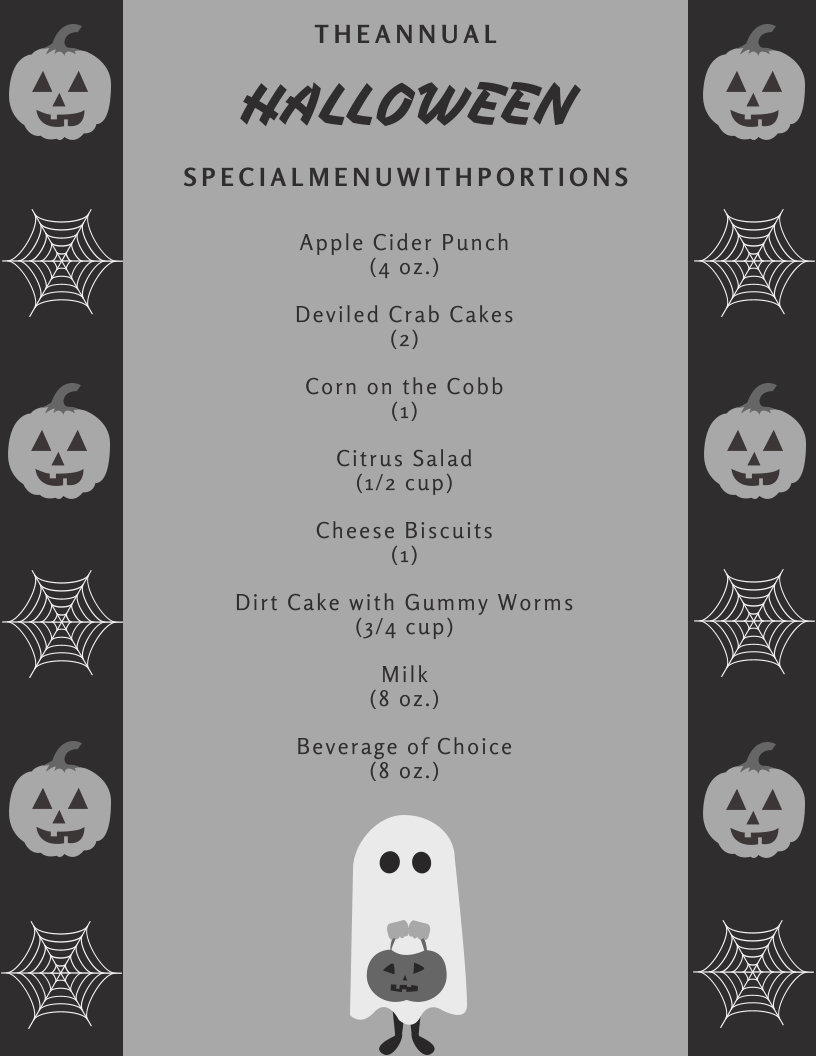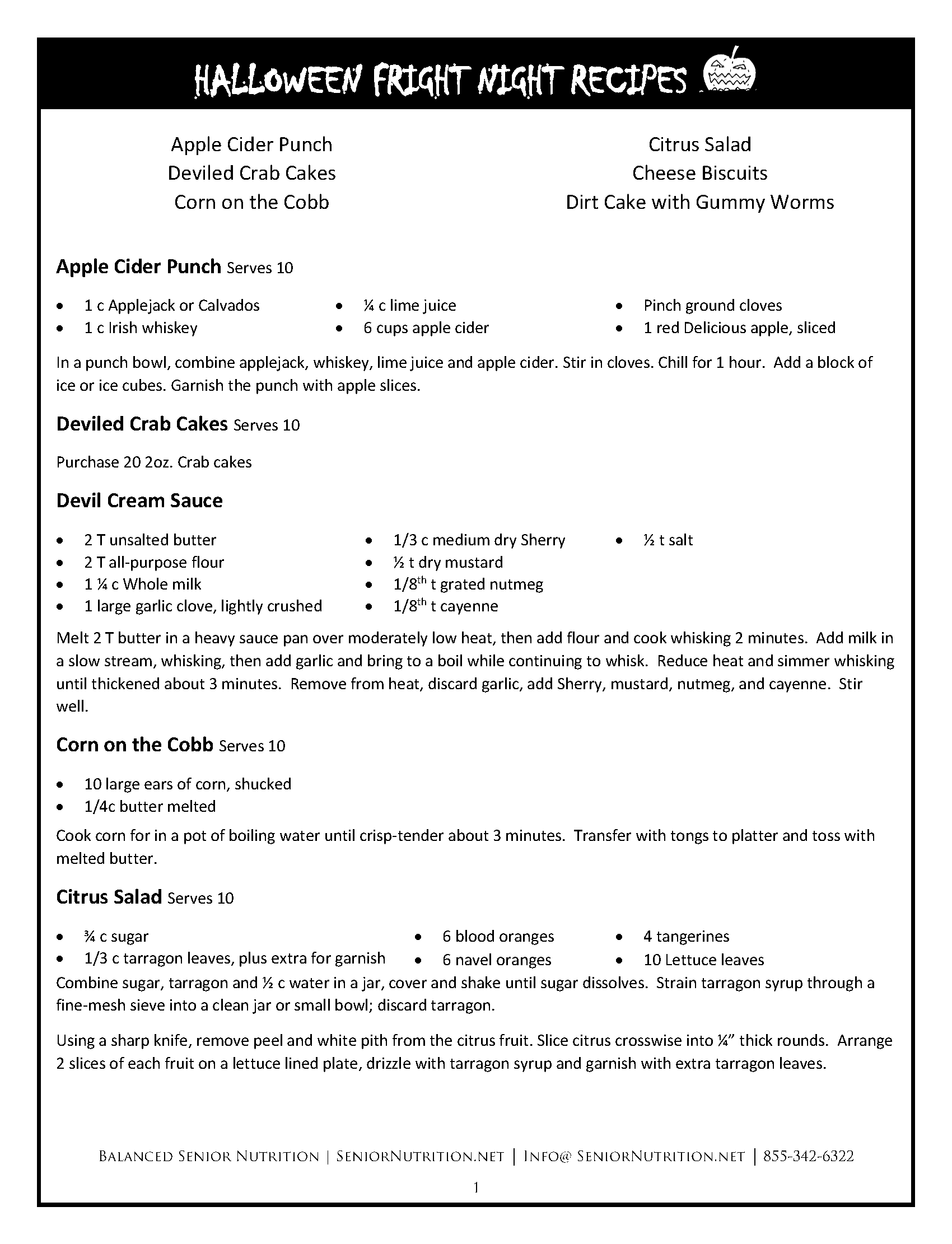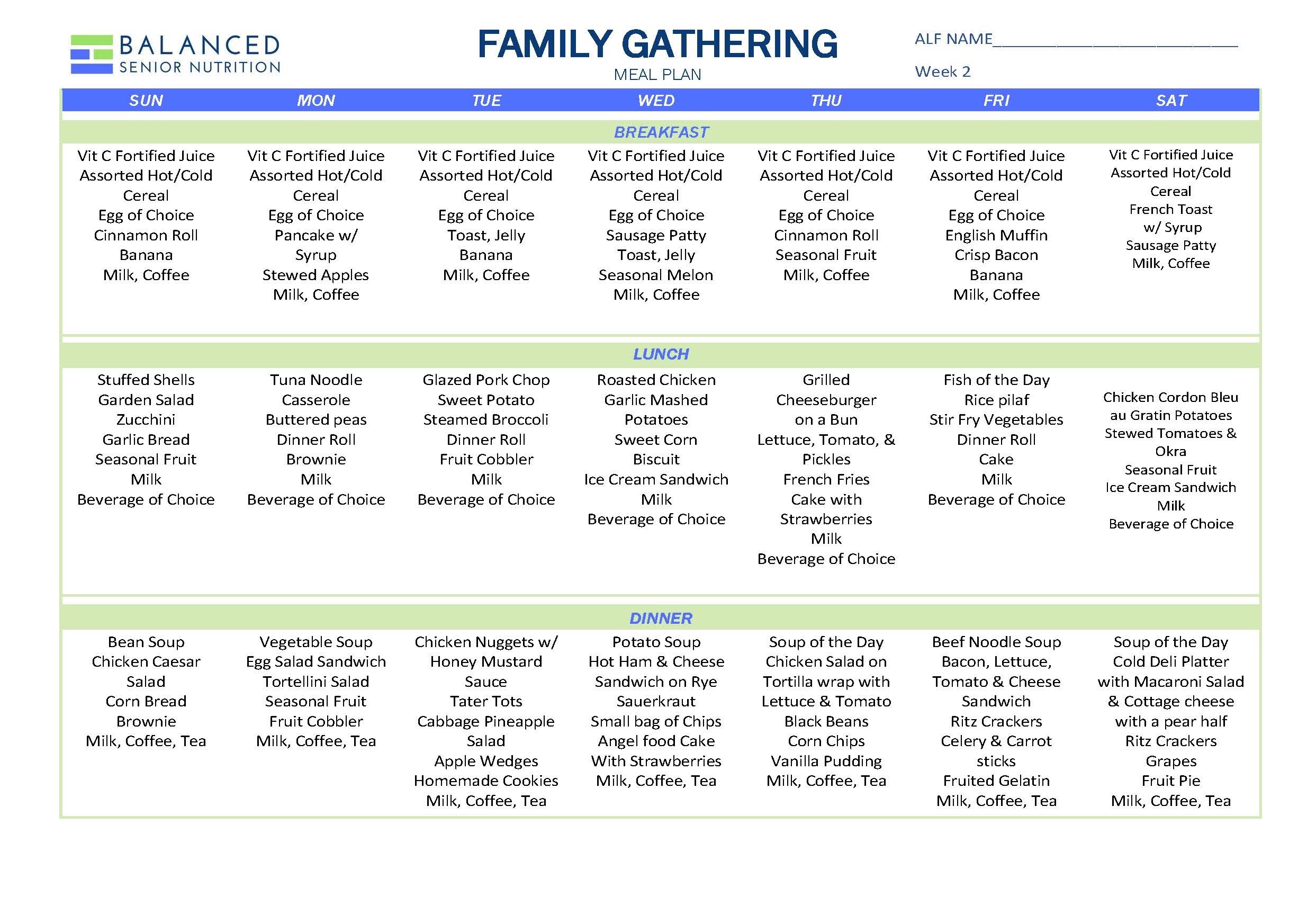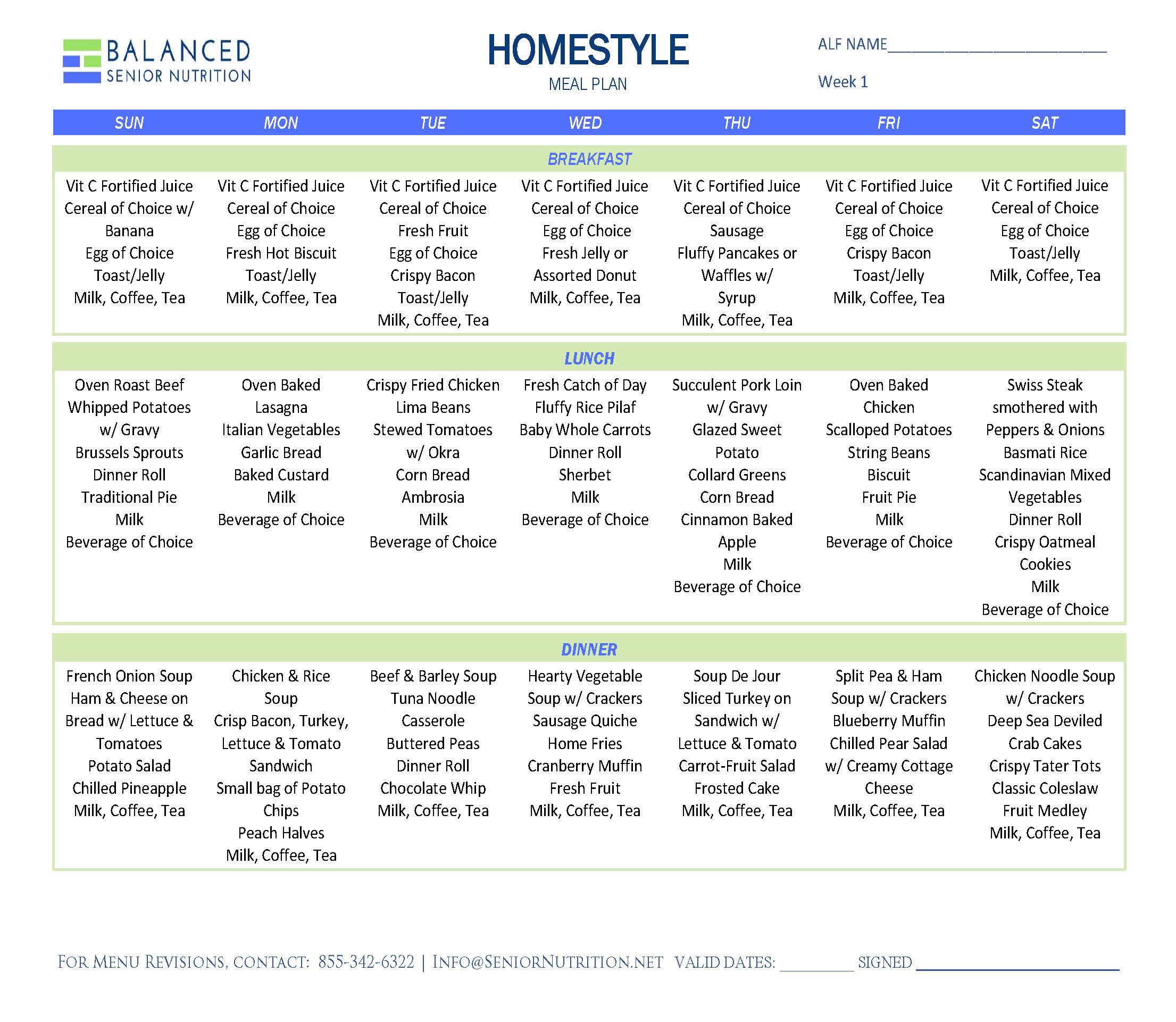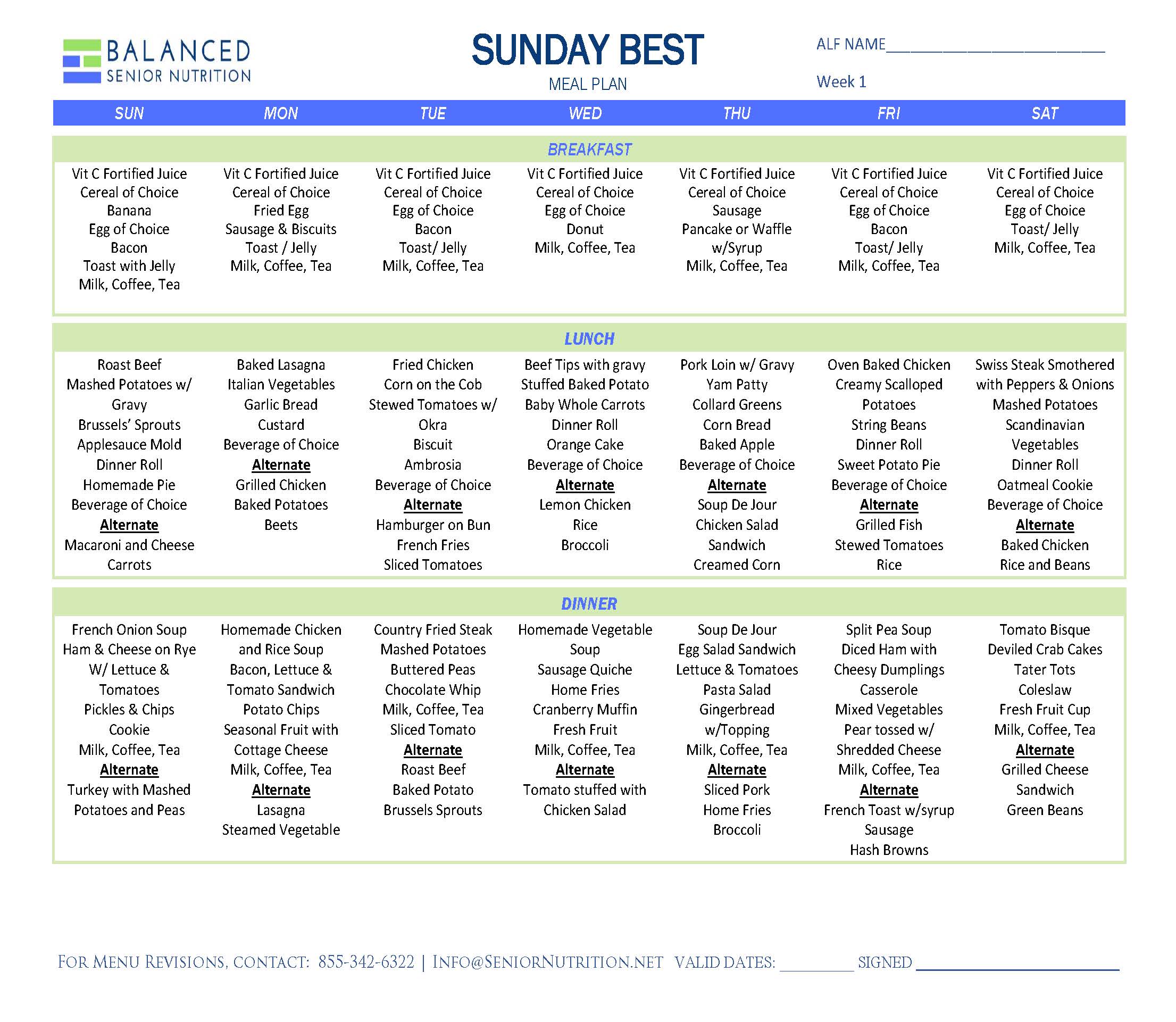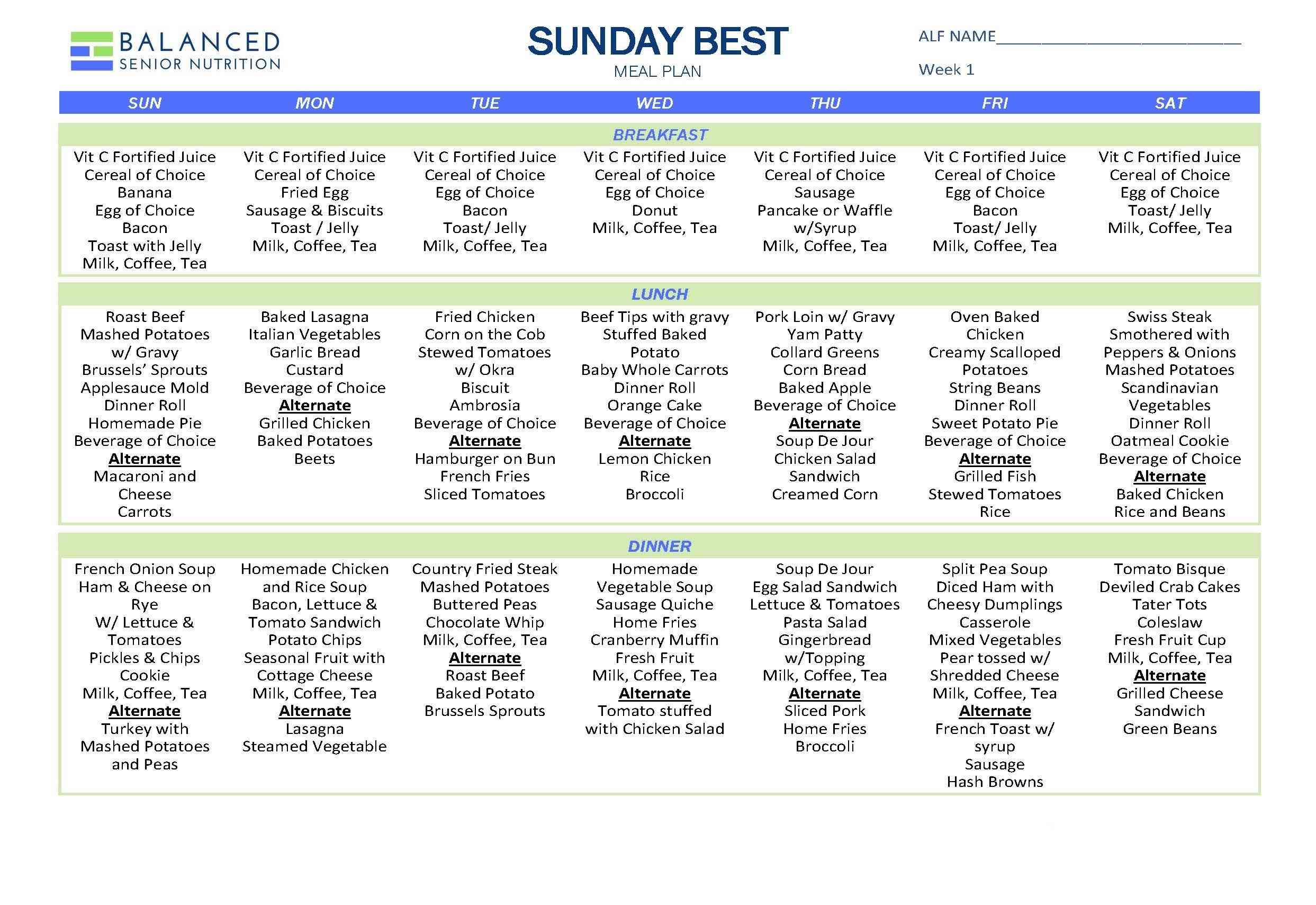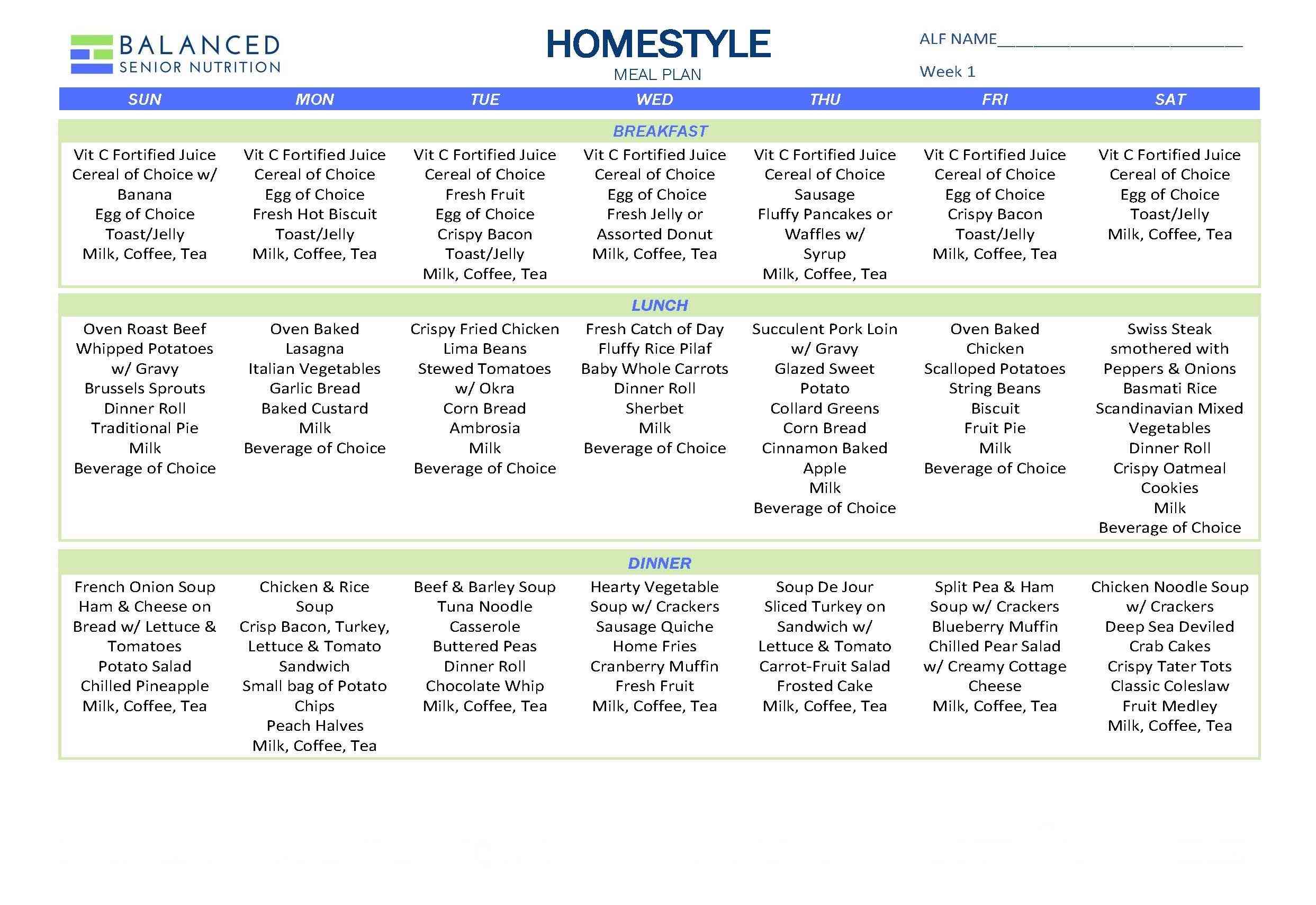
2018 marks the 31st year of the 1987 Nursing Home Reform Law. Emphasizing individual dignity and self-determination, this law requires nursing homes meet these requirements if they participate in Medicare or Medicaid.
To honor all residents living in long-term care facilities, The Consumer Voice named October “Residents’ Rights Month”. It is an opportunity to focus on and celebrate the dignity, respect and rights of each resident in long-term care. We thought we’d take a cue from this year’s theme – “Speak Up: Know Your Rights and How to Use them” – and discuss residents’ rights from the nutrition and diet perspective in this three-part blog series. In our final installment for the month, we explore how residents’ rights can apply to religious and ethnic preferences.
When you live in such a diverse country as the United States, it stands to reason that not everyone wants the “typical American menu” due to religious or cultural beliefs. People under your care may wish to eat Kosher or Halal. This requires food to be prepared and served in certain ways and many do not eat dairy products and meat products at the same meal. They may have grown up eating certain foods that bring back fond memories when they eat them today. Falafel, latkes, tamales, or even tres leches cake can bring a smile to your resident’s face as they remember times gone by.
Where someone grew up can also influence dietary choices. Someone from the South might crave grits and shrimp or enjoy pecan pie. Someone from Philadelphia might want a cheese steak sandwich or scrapple for breakfast as these foods remind them of home. A vegetarian might like a different take on the way their vegetables are served, such as grilling broccoli, instead of just steaming it, or want tofu to be substituted for the chicken in a stir-fry.
The point is, these preferences must become a responsibility of dining services and team members must proactively interview residents and keep track of their food preferences. It is not an option, it is a federal requirement under standard 483.60 food and nutrition services, menus and nutritional adequacy section, tag F-803. Asking about these preferences is not enough. Dining staff must routinely document that a person was asked what matters most to him or her regarding meals. It is their right.
Our guidebook on making informed choice happen in your community called “The Inside Scoop on Informed Choice”, contains many of the forms and documentation tools you will need to create person-directed care plans and you can earn 6 CEU’s by completing it. To read more about it, check out our publisher’s website and order your copy today.

